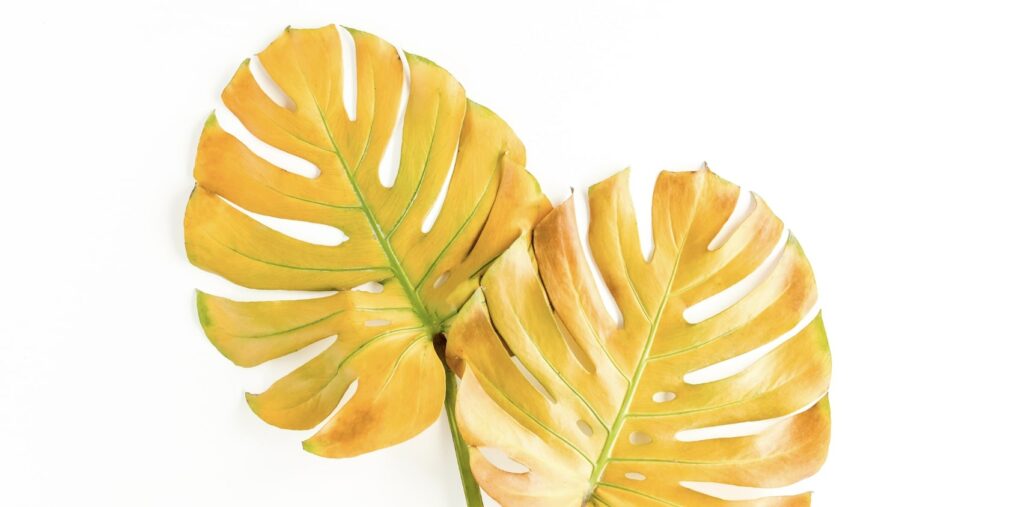The biggest asset of Monstera plants is their large ornamental leaves. If they turn yellow, it means that there’s a problem with the plant more often than not.
So in today’s guide, we’ll be tackling the reasons why Monstera leaves become yellow. Aside from that, we will shed more light on how to keep them vigorous and healthy.
Why do Monstera leaves become yellow?
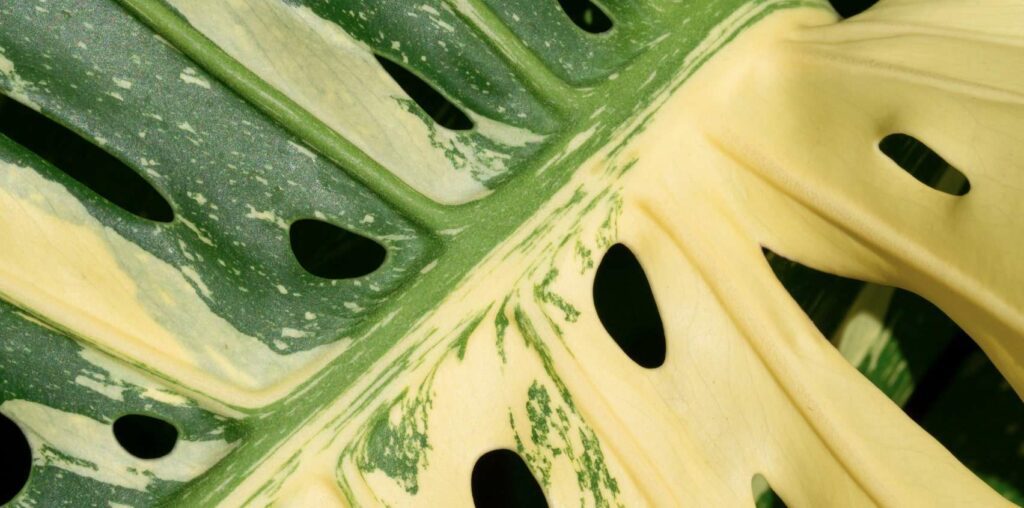

Monstera leaves become yellow due to the following possible reasons:
- Improper watering
- Incorrect sun exposure
- Wrong temperature
- Wrong moisture level
- Poor soil
- Oversized pot
- Lack of fertilizer
- Over-pruning
- New move
- Transplant shock
- Pest and diseases
- Aging
- Seasonal changes
1) Improper Watering
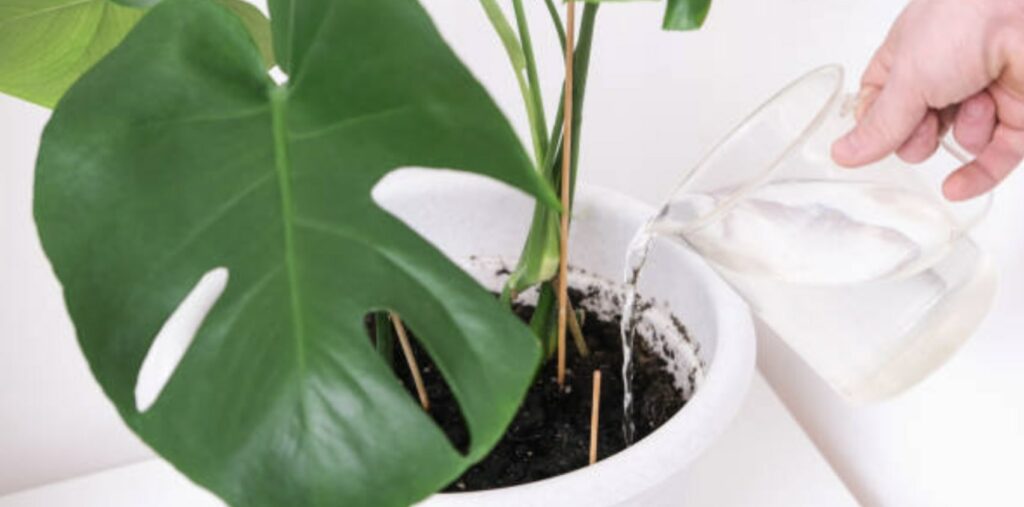

Like all plants, Monsteras need the right amount of water to function and grow normally. That means that the lack or excess of water poses a problem for them.
Underwatering
Underwatering Monsteras deprives them of carbohydrates and oxygen. These are two important things that they need to survive in their habitat.
A sign of underwatering is yellow, dry, and brittle leaves.
Thus, as soon as you see this sign, give the plant enough water. Be careful not to flood it with water so you won’t shock and drown it.
Overwatering
Another common cause of yellowing Monstera foliage is overwatering. This could lead to a range of issues that will seriously harm the plant.
Look out for these overwatering signs: falling leaves; wilting, yellowing, or browning leaves; mold-spotted flowers and stems; rotting roots; and unpleasant odor.
To remedy an overwatered plant, let the plant dry out a little before watering it again if the roots haven’t rotted yet (turned brown and soft).
However, if the root has already rotten, the best chance of saving the Monstera is to repot it with fresh soil that’s slightly moist and well-draining.
2) Incorrect Sun Exposure
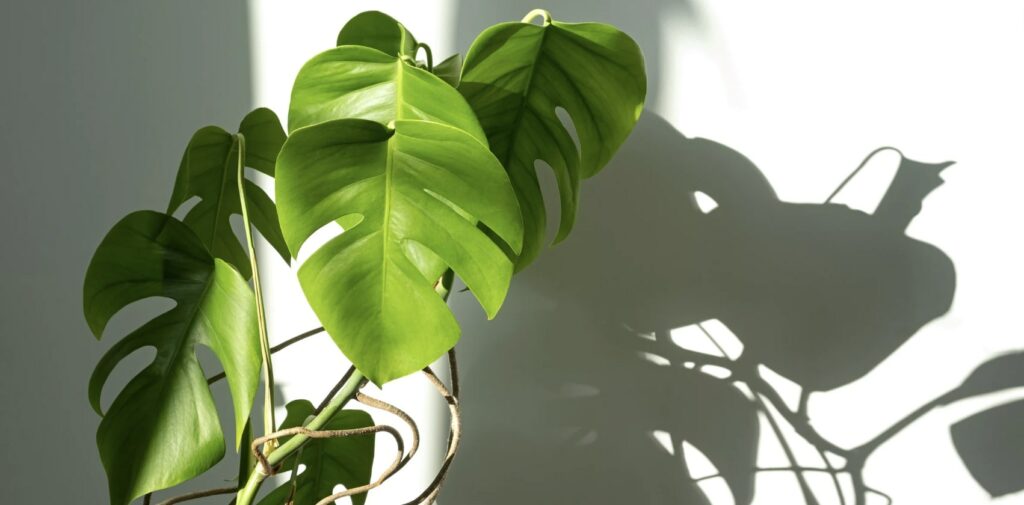

Too much or little sun exposure also negatively affects the Monstera plant. One outward sign of this is yellowing leaves.
Excessive Sunlight
The Monstera only needs bright, indirect light for 6 to 8 hours a day.
Placing it somewhere in the direction of harsh sun, like in front of a south or southwest window, will burn its leaves.
Rather, locate the Monstera near an east or west-facing window.
That is because an east-facing window gets indirect sun throughout the day, while a west-facing window gets mild sun in the early morning and early afternoon.
Lack of Sunlight
Additionally, lack of sunlight poses a problem for young and mature Monsteras alike.
While a Monstera can withstand low-light areas, it will not grow as fast and abundantly as if it were set in someplace with filtered light.
But not all homes get plenty of sun, especially in winter. So using a grow light in this situation will help the plant get ample sunlight in order to thrive.
3) Wrong Temperature
The ideal temperature to keep Monstera plants in is between 65℉ and 85℉.
Because this is the temperature of most homes, Monsteras are excellent indoor plants compared to others.
Too much heat from the sun or external environment isn’t good for Monsteras. In the wild, they live under the canopy of tall trees through which the sun partially shines.
Also, don’t put Monsteras outside if the weather is below 50℉. This will damage them and stunt their growth—and may even lead to death.
4) Wrong Moisture Level
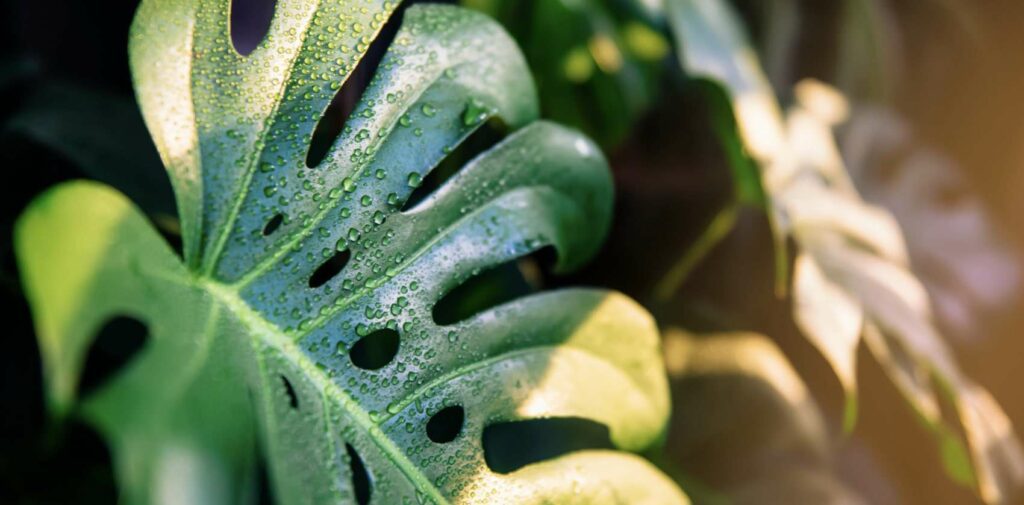

Besides the right temperature, humidity plays a minor role in keeping Monstera leaves wonderful and green.
To mimic their tropical forest environment, Monsteras need about 60% to 80% moisture level when you grow them at home.
Lack of moisture can result in yellowed, dried, and crunchy Monstera leaves. If not tended to soon, the plant will not be able to carry out its functions normally.
Therefore, the solution to this is to mist the leaves with water or water the plant if the top few inches of soil have dried out.
5) Poor Soil
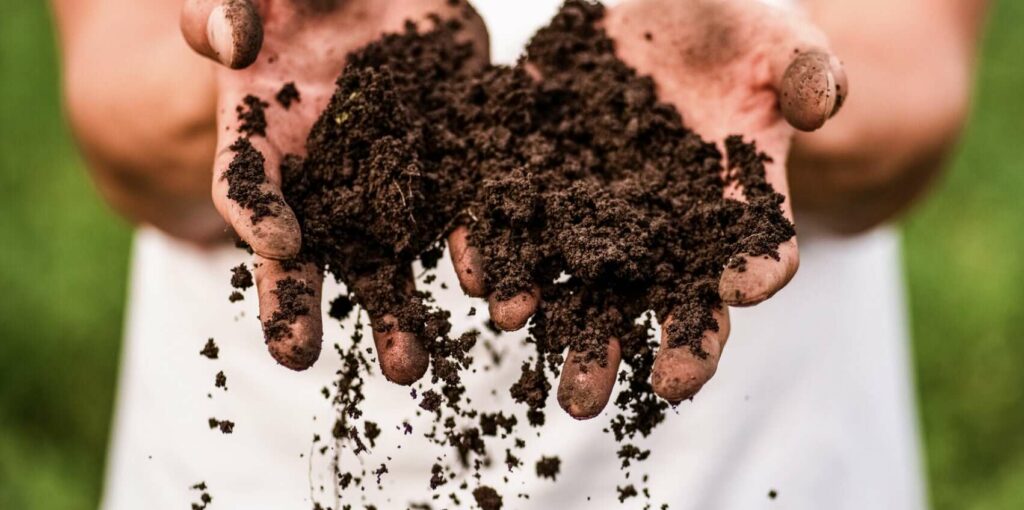

Poor Monstera soil is a harbinger of many problems that can indirectly make the leaves yellow, among other things.
Monstera does best in slightly moist and well-draining soil.
So if the soil is too dense, water cannot flow to the roots or drain out of the soil properly, resulting in sodden soil or a weakened plant.
And, as mentioned above, Monsteras that have been sitting too long in water can develop root rot, which in turn, will substantially affect their growth and leaf health.
What should Monstera soil be made of?
Monstera soil should include sand, peat moss, and/or Leca pebbles to provide the plant with essential nutrients, retain enough moisture, and drain well.
A nutrient-rich and dense soil like this should keep the Monstera healthy.
But keep in mind that you shouldn’t mix organic compost or bark into the Monstera soil.
The reason for this is these soil components are large and dense, which will close off the air and water supply coming to the plant. Hence, the plant cannot photosynthesize or create food for itself.
6) Oversized Pot
An oversized pot is a frequently overlooked issue with regard to yellowing Monstera leaves.
Two things can happen if you grow your Monstera in a large pot.
One is that the plant will focus on growing its roots more than the leaves. This is because its compact and heavy roots form fast and can soon outgrow the pot.
What happens then is that the soil cannot house its root system entirely. This leads to issues like nutrient deficiencies that can make the leaves yellow and wilt.
And another effect of using an extra-large pot is that moisture will take longer to drain and dry up relative to the plant’s size, thus, overwatering and yellowing leaves can ensue.
What pot should I use for Monsteras?
It’s best to plant your Monsteras in glazed ceramic or terracotta pots.
These pots are very heavy and will support large, tall Monsteras as well as protect them from the cold and let air in for them to live and make food.
7) Lack of Fertilizer
Monstera plants can have yellowing leaves due to nutrient deficiency through a lack of fertilizer.
Nutrient deficiency can cause yellow leaves since the plant cannot produce sufficient chlorophyll, which gives them their green color.
Since they grow fairly quickly and large, Monsteras need all the nutrients they can get. And almost always, they end up using the nutrients coming from the fertile potting soil.
That is why you need to regularly feed the plant with fertilizer, and use a liquid one, as this kind can be absorbed quickly by the plant.
As a rule of thumb, apply a liquid, nitrogen-rich or balanced fertilizer once every month during the spring and summer.
8) Over-pruning
Pruning a Monstera plant excessively could make the leaves yellow because of shock. Shock ensues from a plant that’s been subjected to something it is not used to.
Rather than prune almost everything you see, remove only wilted or dry leaves. And only cut above a node to prevent damaging the plant unnecessarily.
The Monstera should be pruned in spring and summer when it is actively growing because this allows the plant to recover quickly from the pruning stress.
Plus, don’t forget the wear protective gloves while handling the Monstera because it is slightly toxic.
9) New Move
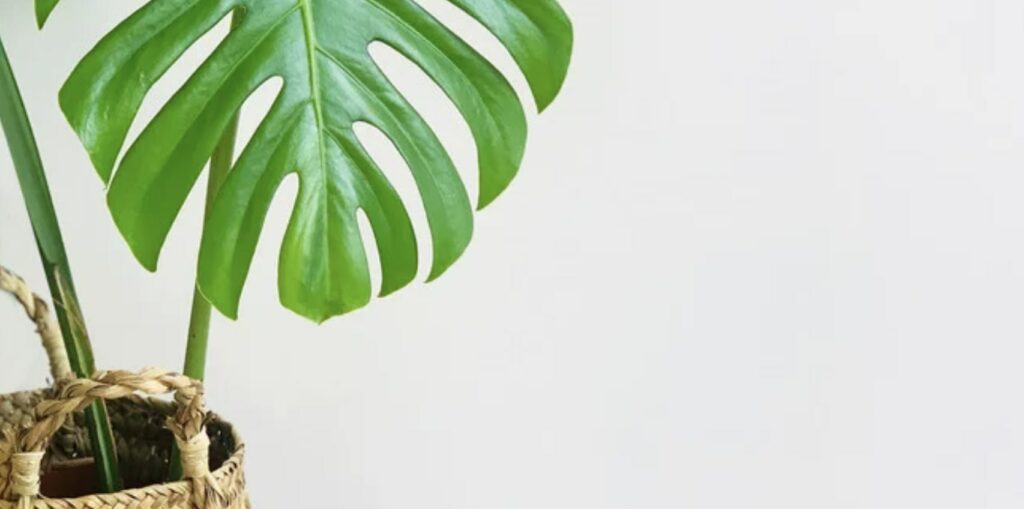

Like humans, Monsteras by nature grow accustomed to their living environment.
So if they are suddenly moved to a new place in the house that is much hotter or colder than usual, they can produce yellow leaves as a reaction to this stress.
Therefore, it is advisable to help them adjust to the conditions of their new home so they won’t suffer as much.
That can mean misting them when humidity is low or moving them inside before the temperature drops below 50 ℉.
10) Transplant Shock
Repotting a Monstera plant is another reason that its leaves become yellow.
This is due to the stress of being taken out and transferred into new soil, and all the more so if the plant has been overwatered or grown in the wrong soil.
Other reasons for this are that the Monstera is repotted in cooler seasons (fall and winter), you leave them outside the pot for a while, or the pot is not the right size.
11) Insects
If you haven’t taken care of the Monstera right, they will exhibit weakness and illness that make them attractive to a variety of aggressive pests.
Among these pests are spider mites, thrips, mealybugs, and fungus gnats.
Each of these insects can eat through and discolor the leaves, drain the plant’s sap, and harm the roots. And they can kill the plant if it is not treated or tended to immediately.
What are pest infestation signs on Monsteras?
Here are the common signs of Monstera pest infestation:
- Yellow leaves
- Sticky leaves
- Leaf holes
- Webbing
- White or brown powder-like texture on the leaves
- Yellow, brown, or white marks on leaves and stems
How do I get rid of pests on Monsteras?
You can get rid of the insects and their eggs on your Monstera by spraying them with neem oil or coating infested areas thoroughly with horticultural soap.
Another effective, natural method is to sprinkle diatomaceous earth on the plant or ground.
Its abrasive powder will work to dry up and destroy the pests’ exoskeletons, and it doesn’t need to be ingested by them at all.
12) Disease
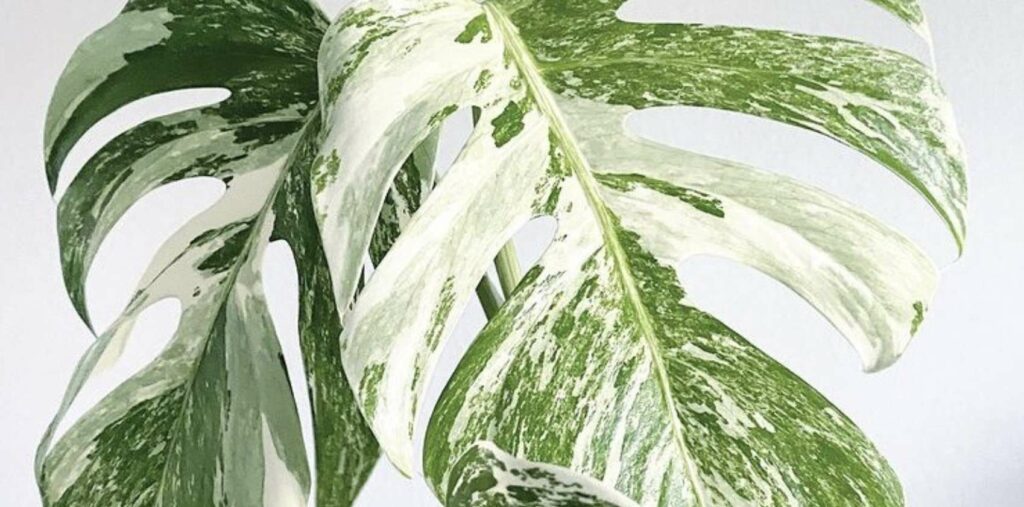

Due to overwatering or neglect, Monstera plants can suddenly become sick and develop yellowing leaves.
In particular, they can suffer from anthracnose, powdery mildew, and fungal spot diseases.
Anthracnose is a condition wherein there are large brown splotches on the leaves, and powdery mildew produces a powder-like coating on the leaves.
Additionally, fungal leaf spots are yellow with brown or black marks.
How do I treat my afflicted Monstera?
You can treat and still save your Monstera from fungal disease by pruning infected or spotted leaves. Not only will this prevent the disease from spreading to other nearby plants, but this will also remove its unattractive leaves.
And if the roots are rotting, quickly repot the entire Monstera in fresh and nutrient-rich potting soil and a clean and correctly sized pot.
How do I protect Monsteras from diseases?
The best way to protect your Monstera from fungal or other risky diseases is to take care of it properly.
For this, make sure to provide it with plenty of bright, filtered light, regular watering, and rich and well-drained soil. Also, keep it in a warm and moist place and feed it with plant food every month during the growing season.
What’s more, pinch off dead or yellow leaves on the plant to keep tiny pests from damaging or forming a home out of them. These critters are more attracted to a weak and struggling plant rather than a healthy one.
13) Age
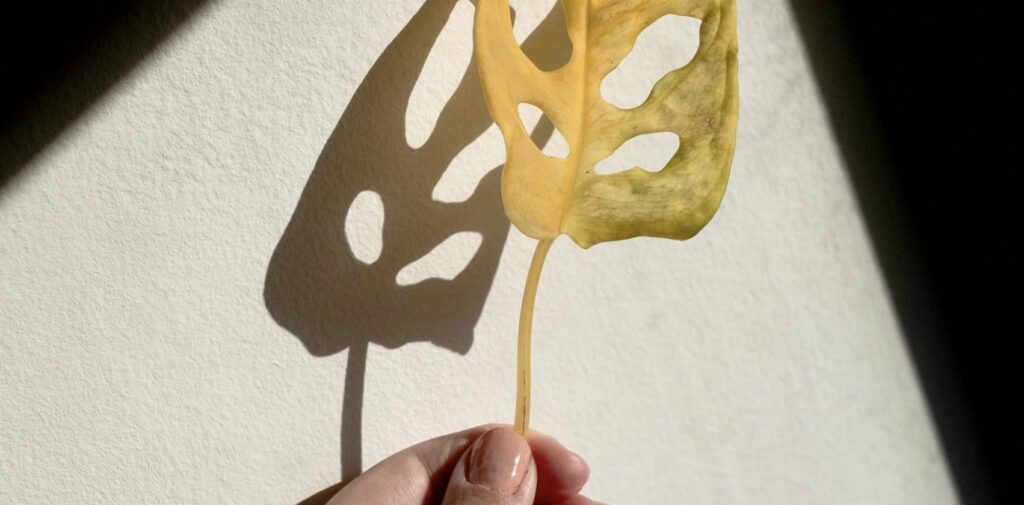

Outside of improper care, pests, and diseases, Monsteras can become yellow because of the plant’s age.
But this is nothing to worry about. No action has to be taken, as all plants mature, age, and die.
Yellowing leaves are simply part of the plant’s life. It starts with the bigger, lower, and older leaves on the plant, and in time the color will almost cover the entire plant.
And once it does, you can snip off the yellowed leaves so they won’t mar the plant’s appearance anymore.
14) Seasonal Changes
Monstera leaves can turn yellow and wilt if situated in a colder area in your house.
Although you can’t control the changing seasons, work to keep your plant within the desired temperature range of 65℉ to 85℉.
If it is outside, relocate it inside the house before the temperature plummets below 50℉ which will negatively impact the plant.
FAQs about Yellowing Monstera Leaves
